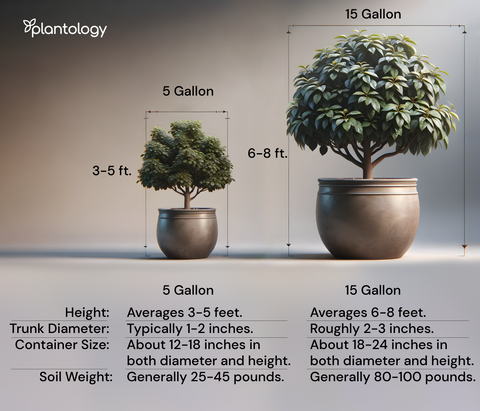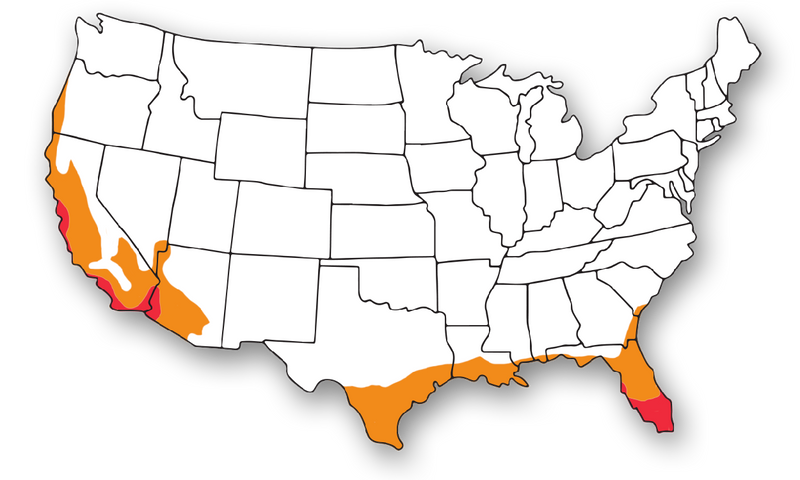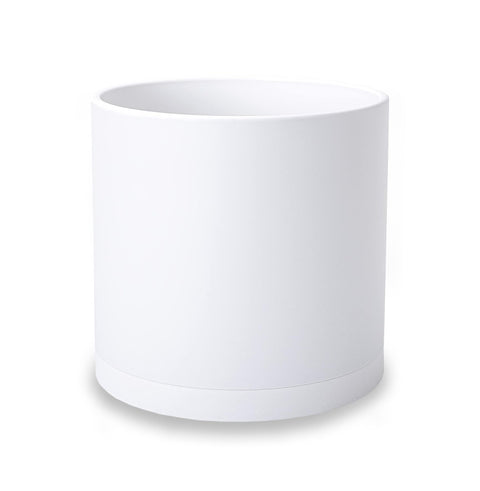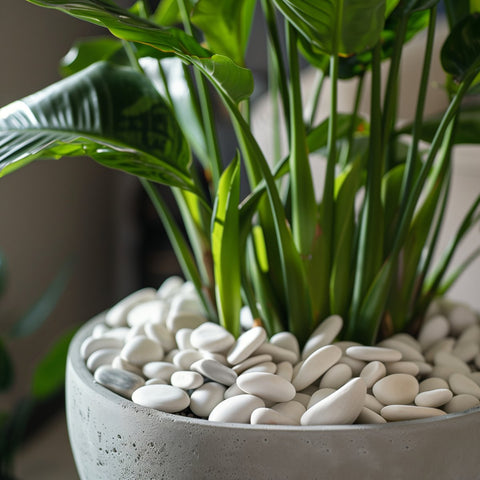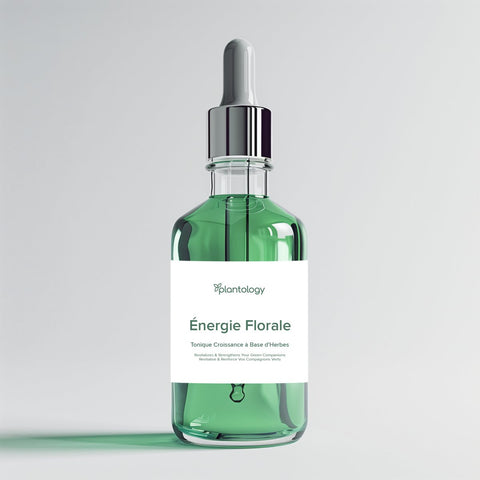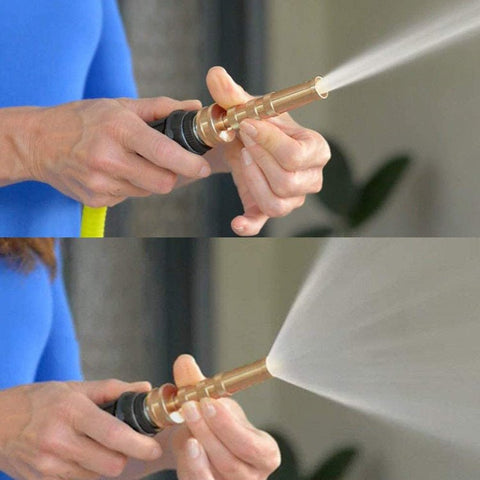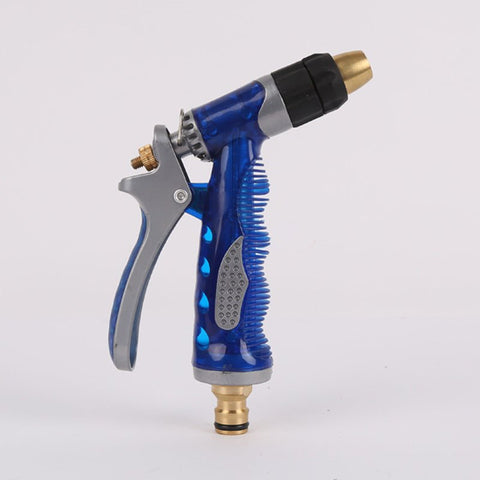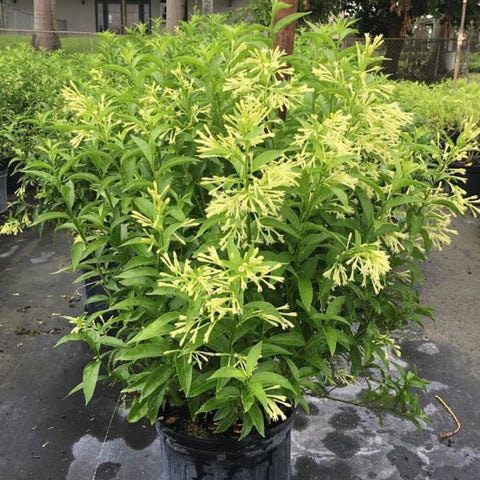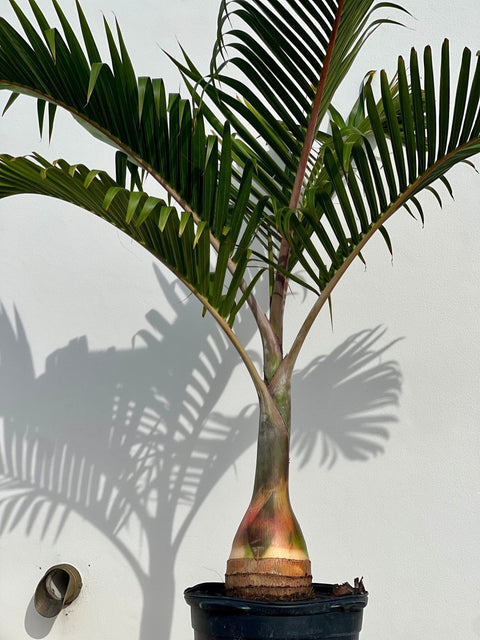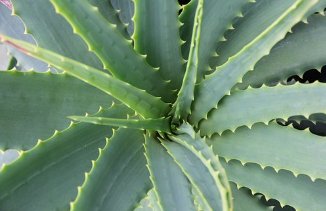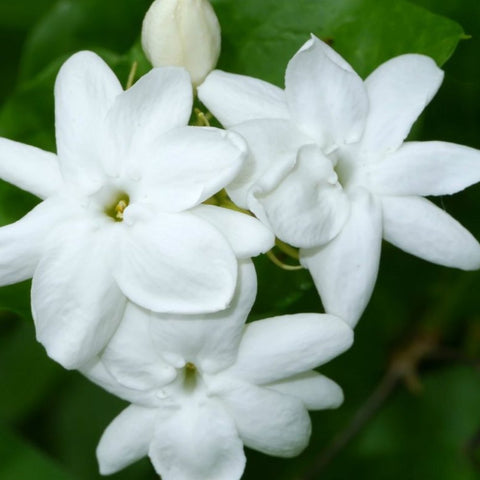Growing & Care Tips
How to Grow
Firebush Dwarf is a hardy plant that can grow in a variety of conditions. It prefers full sun to partial shade and well-draining soil. The Firebush Dwarf (Hamelia patens 'Compacta'), as the name suggests, is a smaller and more compact cultivar of the regular Firebush (Hamelia patens) plant. In optimal conditions, Firebush Dwarf typically grows to a height of around 2 to 3 feet (60 to 90 cm). It has a bushy and dense growth habit, making it suitable for smaller gardens, containers, and as a low hedge.
Care Tips
Once established, Firebush requires little maintenance. Water it regularly during dry spells, but otherwise, it can tolerate moderate drought. Fertilize it in the spring and summer with a balanced fertilizer to encourage healthy growth and flowering.
Uses
Firebush is a versatile plant that can be used in a variety of ways. It works well as a hedge, screen, or accent plant. Its bright flowers also make it a popular choice for cut flowers and floral arrangements.
Planting Tips
When planting Firebush, make sure to dig a hole that is slightly larger than the root ball. Backfill the hole with soil and water it thoroughly. Mulch around the base of the plant to help retain moisture and suppress weeds.
Maintenance
To keep Firebush looking its best, prune it in the late winter or early spring. Remove any dead or damaged branches and shape the plant as desired. You can also cut it back by one-third to one-half to promote bushier growth and more flowers.
Pests and Diseases
Firebush is relatively resistant to pests and diseases. However, it can be susceptible to spider mites and whiteflies. Keep an eye out for these pests and treat them promptly if you notice an infestation.
Frequently asked questions
Looking to enhance your landscaping without breaking the bank? Firebush Dwarf (Hamelia patens Compacta) could be the cost-effective solution youve been searching for. This compact, low-maintenance shrub offers a range of benefits that can elevate your outdoor space without straining your budget. One of the key cost-effective benefits of Firebush Dwarf is its hardiness and adaptability. This plant is known for its ability to thrive in various soil types and light conditions, making it a versatile choice for landscaping projects. Additionally, Firebush Dwarf requires minimal water once established, reducing the need for costly irrigation systems. Its compact size also means less pruning and maintenance, saving you time and money in the long run. In terms of aesthetics, Firebush Dwarf adds vibrant pops of color to your landscape with its bright red-orange tubular flowers that attract pollinators like butterflies and hummingbirds. This can enhance the overall appeal of your outdoor space without the need for expensive annual flowers. Consider planting Firebush Dwarf along borders, in containers, or as a focal point in your garden to make a cost-effective impact. In conclusion, Firebush Dwarf is a cost-effective landscaping option that offers hardiness, adaptability, low maintenance, and vibrant color. By incorporating this versatile shrub into your outdoor design, you can achieve a beautiful and budget-friendly landscape that will thrive for years to come.
Estimated Shipping Time: Most orders ship immediately. As noted on the website, some items are seasonal, and may only ship in spring or fall. Once your order is shipped, you'll receive an email with a tracking number.
Shipping Cost:
Orders less than $199 have a standard $29.95 shipping cost. Orders over $199 SHIP FREE
